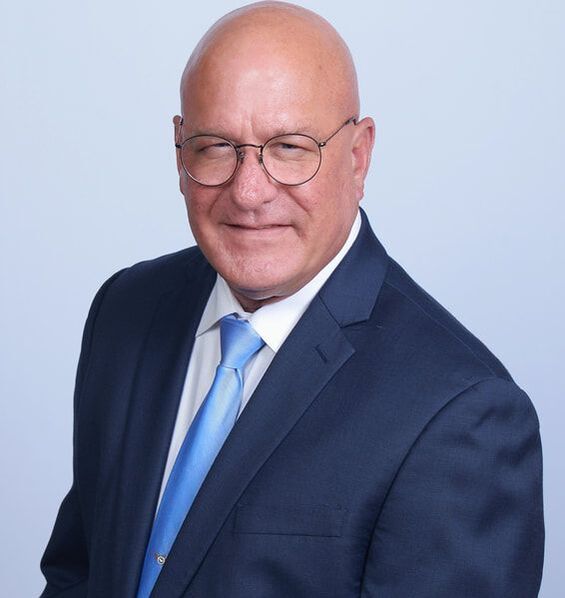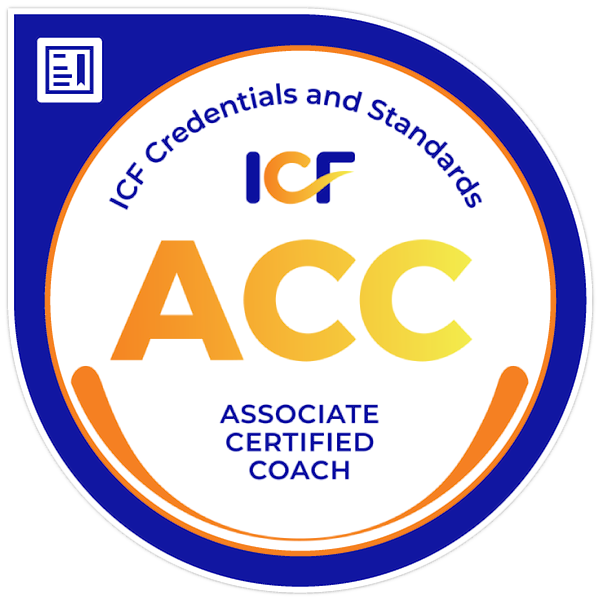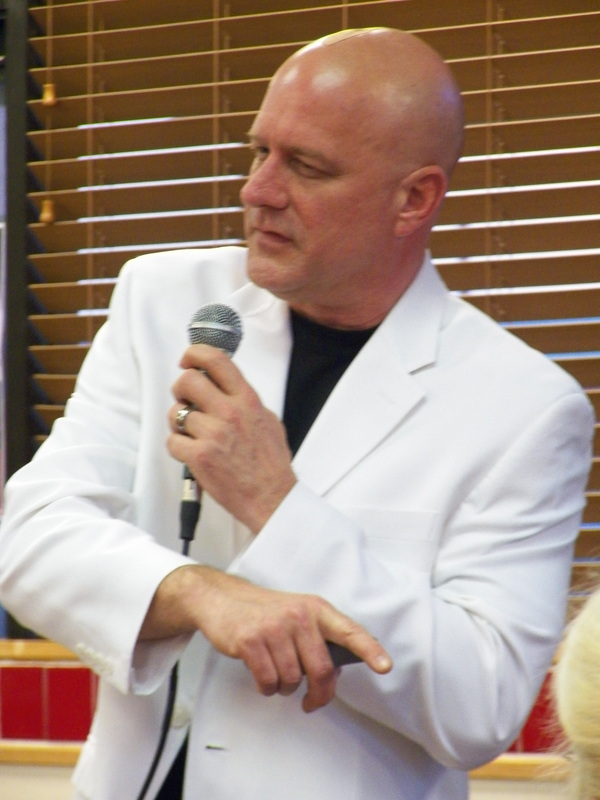|
Inspiration and lessons for your leadership journey! “Emotions transform energy; energy creates movement; movement is change; and change is the essence of life.” Did you know?
These dismal revelations about change management success and failure come right out of the research of real organizations, real projects, real managers, and real leaders. If we were grading leaders and managers on their change management report card, they would get a 'C,' at best. And wouldn’t you agree that, like life, change is arguably also the essence of leadership? While there are many change management models, if there is one thing that would help your organization dramatically improve the quality of outcomes, it is empowering interface. That’s what researchers from the University of Bath and George Washington University called it.[5] Empowering interface occurs when executive leadership empowers middle management to interface comfortably between executives and frontline employees breaking down silos and enabling both macro and micro variables to change and cascading empowerment across the firm. This process requires executive transparency and a "change sponsor" or "change champion." What does it mean? It means that executives need to change the way they look at change. In order to be successful at change leadership and management, you must break down the silos between executive and frontline levels using middle management, create a safe climate, and generate empowerment and trust through transparency and responsiveness. If there is not open two-way communication and action, change efforts could be doomed. Empowering middle management, especially with increasing discourse between executives and frontline, greatly increases the odds of success. Macro initiatives designed solely by executives (no middle management or frontline input) creates a “closed system” or silos and spreads disempowerment (through rumors, false assumptions, and miscommunication) and that cultivates strong resistance. Put another way, when change initiatives are rammed down people's throats and without involvement, expect contempt, defiance, subversion, and failure. Successful change leadership and management are all about communication, relationships, empowerment, respect, and responsiveness. Sounds a lot like love, if you ask me. Work-Out and CAP Jack Welch and Steve Kerr of GE developed one of the most well-known and successful change models in the late 80s and early 90s and used it successfully at GE.[6] They called it "Work-Out." Similar to a “time out,” those on a change project take a "work-out" from typical bureaucratic practices and behaviors and instead rely on continuous focus, efficient decision-making, and accelerated implementation. The Change Acceleration Process (CAP) part of Work-Out became popular because of its effectiveness and has since been marketed to many other institutions and industries. It is no coincidence that a significant portion of CAP – the first four (of seven) steps – are exactly what the researchers describe as empowering interface above. They call them: 1. Leading change 2. Creating a shared need 3. Shaping a vision 4. Mobilizing commitment The last steps in CAP are: 5. Making change last 6. Monitoring progress 7. Changing systems and structures Research and Business Experiences Change is at the very essence of life and leadership and “resistance to change” doesn’t have to be a given - at least not strong resistance. Both the research and successful organizational change models like CAP are telling us that when people are involved in the change process, not only does cooperation increase, but the quality of the outcome dramatically improves, as well. Like Wayne Dyer tells us in today's video, change the way you look at change and your change management and outcomes will change, too. How do you effect change with those you lead and your team? What is the change management and leadership model and philosophy were you work or lead? Do you even have it defined for your organization? What steps can you take today to improve it? [1] Strebel, P. (1996, May/June). Why do employees resist change? Reprinted in Harvard Business Review on change in 1998. Boston: Harvard Business School Publishing, pp. 139–157. [2] Farias, G., & Johnson, H. (2000). Organizational development and change management: Setting the record straight. Journal of Applied Behavioral Science, 36, 376–379. [3] Dinkin, D. (2000). Unlocking the value of M & A. The Banker, 150(895), 118. [4] Appelbaum, S.H., Everard, A., & Hung, L.T.S. (1999). Strategic downsizing: Critical success factors. Management Decision, 37(7), 535–552. [5] Raelin, J.D. & Cataldo, C.G. (2011). Whither middle management? Empowering interface and the failure of organizational change. Journal of Change Management, 11(4), pp.481-507. [6] Von Der Linn, B. (2009). Overview of GE’s Change Acceleration Process (CAP). Retrieved August 24, 2013, from Bob Von Der Linn’s HPT Blog: http://bvonderlinn.wordpress.com/2009/01/25/overview-of-ges-change-acceleration-process-cap/ Bonus Video! If you like this week's blog, I encourage you to share it with your family, friends, and colleagues and join me on my journey to empower and inspire millions of people around the globe. Together we can spread words of Encouragement, Inspiration, Empowerment, and Loving Leadership! Together we can make a difference! Thank you and… Have an amazing journey today! Alan
0 Comments
Inspiration and lessons for your leadership journey! “New research into happiness, though, demonstrates that it can be lastingly increased.” Our opening quote was written in Marty’s bestselling book, Authentic Happiness, in 2002 and yet in that same year, researchers from Emory University reported:
But why should any leader care about whether their team members (students, coworkers, etc.) are languishing or flourishing? What the statistics tell us is that, on average, if you have ten team members or students in your classroom, three of them are languishing and suffering and only two of them are fully flourishing and doing well. That leaves the other five team members or students to fall somewhere in between the two poles and they are only moderately mentally healthy. It will be difficult and unlikely any of us can build a high-performing team with 80% of team members functioning at less than full mental health or flourishing. In addition to the suffering and impaired social functioning, the Agency for Healthcare Research and Quality cites a cost of nearly $60 billion in 2006 for mental healthcare in the US – equivalent to the cost of cancer care. But unlike cancer, much of the economic burden of mental illness is not the cost of care, but the loss of income due to absenteeism, decreased productivity, unemployment, expenses for social supports, and a range of indirect costs due to a chronic disability that usually begins early in life. So, what can you do? Like Marty says, happiness and flourishing can be lastingly increased. As leaders from many paths, it is our responsibility to care for our team members and help them in any way that we can. There are many ways outlined in Marty’s book or in my latest book, A Travel Guide to Leadership. Those of you who read this blog are probably aware of many of the big ones such as, nurturing gratitude, forgiveness, dealing with ANTs (automatic negative thoughts), living in the present moment (as opposed to a negative past or future orientation), practicing mindfulness, prayer, or meditation, and; performing acts of love and kindness. In addition, the most seriously suffering should seek professional mental healthcare and as leaders we can support and encourage that in a myriad of ways. As you go about your work with your team this week, ask yourself, “Are each of my team members languishing or flourishing?” If you like this week's blog, I encourage you to share it with your family, friends, and colleagues and join me on my journey to empower and inspire millions of people around the globe. Together we can spread words of Encouragement, Inspiration, Empowerment, and Loving Leadership! Together we can make a difference! Thank you and… Have an amazing journey today! Alan Inspiration and lessons for your leadership journey! “Our research suggests that boundary personnel in service firms should strive for higher perceived role clarity to be able to deliver higher service quality.” Here’s a quick quiz. Mark or circle any of the below bullet points that may be happening in your team or team members:
If you checked any one or more of these, your team members may be suffering from what is known as role ambiguity – they may know the goal, but they don’t know their role. Role clarity – and its opposite, role ambiguity – have been studied extensively in teams and organizations for nearly 50 years all over the world. That research shows that role clarity and role ambiguity impact each of the bullet points above. In addition, lack of clarity impedes the opportunity to improve at one’s job and therefore, to obtain desired rewards and outcomes. That’s not a good scenario for you, your team members, and your organization. Job descriptions and new employee training isn’t enough – and neither is thinking, “They should just know what to do.” Researchers have found that employees are often unclear about how to do their jobs, when certain tasks should be performed, and the criteria by which their performance will be judged. Often, as employees gain tenure and experience, their job expectations can change and that’s not always clear. Over time, new job role tasks and expectations can be added (and added and added…), increasing role ambiguity and causing a related phenomenon called role overload – a result of always demanding ‘doing more with less.’ I’ve seen this far too often in recent years. While there are more formal ways to increase role clarity, such as responsibility charting, job/role analysis, or role negotiation, there’s no substitution for frequent, clear communications with direct reports – in person is, of course, always best. This can take the form of “rounding” or checking in on a daily basis, weekly or biweekly one-on-ones, telephone calls, emails, etc. We’re often very good about communicating goals, scorecards, and outcome metrics. But when was the last time you helped clarify what your direct reports roles and behaviors are in order to get there? How do you consistently connect expectations (role clarity) with outcome metrics (goal clarity)? Don’t be a leader whose employees or team members know the goal but don’t know their role. If you like this week's blog, I encourage you to share it with your family, friends, and colleagues and join me on my journey to empower and inspire millions of people around the globe. Together we can spread words of Encouragement, Inspiration, Empowerment, and Loving Leadership! Together we can make a difference! Thank you and… Have an amazing journey today! Alan Lessons from Geese Leah and I went to Galveston State Park late Saturday afternoon, and among the many amazing things about the beach, we couldn't help and marvel at the pelicans and how they flew in V-formation, just like geese. It reminded me of today's "Lessons from Geese" and the inspiring video. I hope you enjoy it and apply the lessons to you and your team. Maybe, we'll have as much sense as geese! If you like this week's blog, I encourage you to share it with your family, friends, and colleagues and join me on my journey to empower and inspire millions of people around the globe. Together we can spread words of Encouragement, Inspiration, Empowerment, and Loving Leadership! Together we can make a difference! Thank you, and.... Have an amazing journey today! Alan Fact 1: As each goose flap its wings it creates an “uplift” for the birds that follow. By flying in a “V” formation, the whole flock adds 71% greater range than if each bird flew alone. Lesson: People who share a common sense of direction and community can get where they are going quicker and easier because they are traveling on the thrust of one another. Fact 2: When a goose falls out of formation, it suddenly feels the drag and resistance of flying alone. It quickly moves back into formation to take advantage of the lifting power of the bird immediately in front of it. Lesson: If we have as much sense as a goose we stay in formation with those headed where we want to go. We are willing to accept their help and give our help to others. Fact 3: When the lead goose tires, it rotates back into the formation and another goose flies to the point position. Lesson: It pays to take turns doing the hard tasks and sharing leadership, as with geese, people are interdependent on each other’s skill, capabilities, and unique arrangement of gifts, talents, or resources. Fact 4: The geese flying in formation honk to encourage those up front to keep up their speed. Lesson: We need to make sure our honking is encouraging. In groups where there is encouragement, the productivity is much greater. The power of encouragement (to stand by one’s heart or core values and encourage the heart and core of others) is the quality of honking we seek. Fact 5: When a goose gets sick, wounded or shot down, two geese drop out of formation and follow it down to help and protect it. They stay until it dies or can fly again. Then they launch out with another formation or catch up with the flock. Lesson: If we have as much sense as geese, we will stand by each other in difficult times as well as when we are strong. “Lessons from Geese” was transcribed from a speech given by Angeles Arrien at the 1991 Organizational Development Network and is based on the work of Milton Olson. Have an amazing journey today!
Alan |
Alan Mikolaj
Alan Mikolaj is a a professional, experienced, positive, and passionate speaker, leadership and organizational development consultant, change agent, author, and coach. He holds his Master of Arts degree in Clinical Psychology from Sam Houston State University. He is a certified graduate coach from Coaching Out of the Box and holds his ACC and membership with the International Coaching Federation (ICF). Free Discovery Conversation!
Impactful change starts with a conversation! Schedule your free, one-hour session by clicking here: Discovery Conversation with Alan
Or call or email: Contact Page In his third book, A Travel Guide to Leadership, Alan offers you simple, fundamental, and powerful lessons that have the power to transform you, your relationships, and your career.

Blog Archives
July 2024

Linked2Leadership
Ranked #1 Business Blog! |
|
CONTACT
TEL: 346-291-0216 EMAIL: [email protected] SCHEDULE TIME WITH ALAN Free Discovery Conversation with Alan |









